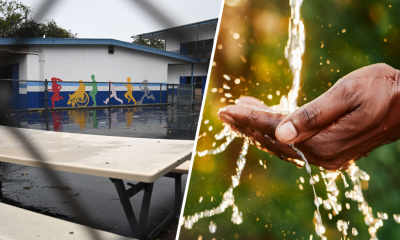Local News
These 7 new California laws may impact your health care planning – NBC Los Angeles
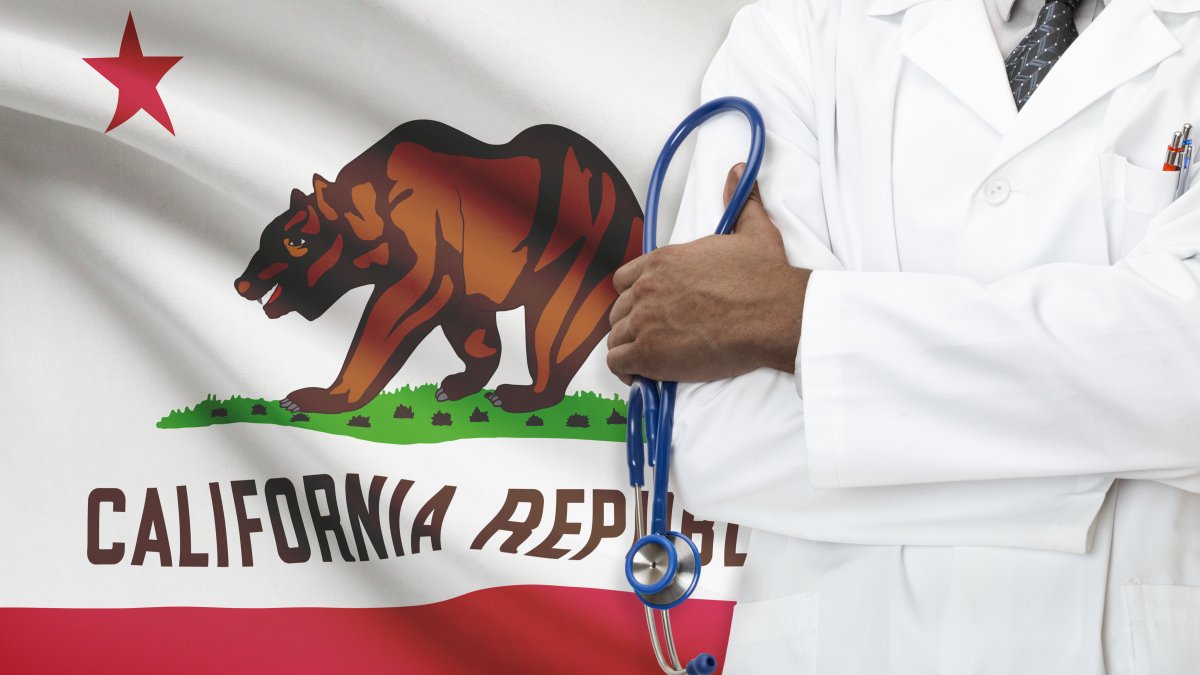
[ad_1]
Several new laws that were greenlit by Gov. Newsom last month aim to widen Californians’ access to medical services while holding health care officials accountable.
Accessibility to Fertility Treatments
Millions of Californians will see expanded access to IVF and other fertility treatments thanks to a new state mandate.
Under the new law, large insurance companies are required to provide coverage for the diagnosis and treatment of infertility and fertility services, including a maximum of three egg retrievals with unlimited embryo transfers.
The law also impacts the LGBTQ+ community and same-sex couples who want to have children as it broadens the definition of “infertility” to include a person’s inability to reproduce either as an individual or with their partner without medical intervention.
The law is expected to impact millions of Californians, and doctors expect more families to seek care now that fertility treatments and IVF will be more affordable for many.
The law will go into effect in July 2025.
Chemicals in tampons
California will ban the sale of tampons and other menstrual products that contain potentially toxic chemicals.
Under the law, the intentional use of perfluoroalkyl and polyfluoroalkyl substances, also known as PFAS, in menstrual products will be prohibited.
The Department of Toxic Substances Control is required to adopt these regulations on or before Jan. 1, 2029. And manufacturers must provide detailed product information and register with the department by July 1, 2029.
The law will fine manufactures who violate the regulations. And all money collected from the penalties will be deposited to the T.A.M.P.O.N. Act Fund.
Maternal mortality among Black women
A new law that aims to reduce racial and ethnic inequality in maternal and infant health care outcomes will require California’s medical facilities to conduct “evidence-based implicit bias training” for health care professionals.
It builds on existing laws requiring these training for health care providers involved in perinatal care.
But the new law introduces several new enhancements, including mandating health care facilities to report their adherence to training protocols to the state Attorney General’s office with penalties for non-compliance.
Current health care providers must complete their training by June 1, 2025. While new providers are required to complete training within six months of their start date.
“When giving birth, individuals are asked to listen to their bodies and to share that information with the medical professionals caring for them,” said Assemblymember Akilah Weber, M.D. “Unfortunately, concerns surrounding discomfort or pain are not taken as seriously when they are made by persons of color, specifically black persons.
Alzheimer’s disease
A package of twelve bills were signed into law to aid law enforcement, doctors and health care providers better serve the growing number of California adults with Alzheimer’s disease and their families.
Health care and law enforcement officials will be required to have training on how to interact with wandering people suffering from Alzheimer’s, autism and dementia.
Also health care professionals who primarily work with older patients will be mandated to take continuing education in geriatrics and dementia care.
As one in four Californians is expected to be age 60 or over in 2030, the new laws are anticipated to help change the aging services.
Substance abuse facilities increase
California will expand the range of facilities that can treat people who are on a temporary conservatorship for substance use disorder.
Currently, a psychiatric health facility provides 24-hour inpatient care for people with mental health disorders.
Under the new law, mental health rehabilitation centers and psychiatric health facilities can offer 24-hour inpatient care to people with a severe substance use disorder.
Treatment centers will have the new flexibility in managing treatment slots so they can increase the number of hospital beds available for substance use disorder patients.
Accessible prescription labels
Pharmacy dispensers are now required to provide patients who identify as blind or have low vision with accessible prescription medication labels upon request.
These labels can be in the form of supplemental documentation with large fonts, braille or for blind patients, the use of text-to-speech technology.
The bill, sponsored by the California Council of the Blind, was based on recommendations published back in 2013 from a United States Access Board Working Group.
Breast milk bank
A new law intends to allow more families to receive donor milk for their babies regardless of what insurance they have.
When a parent does not produce or does not produce enough breast milk, pasteurized donor human milk is the next best nutrition source for infants below normal birth weights. The new law defines donor milk as essential under commercial insurance — bringing it up to speed with Medi-Cal standards.
Breast milk reduces some health outcomes in infants, such as necrotizing enterocolitis, a life-threatening bowel disease which occurs about 60% more frequently in Black and Latino children, according to UC data.
Donor milk comes from people who are lactating and have been screened.Previously, hospitals had to have a tissue bank license to give donor milk to patients — now that barrier moves the license burden to already accredited milk banks such as the University of California Health Milk Bank.
UC Riverside Health recently opened a breast milk collection facility as well.
[ad_2]
Source link
Local News
Seedlings from NASA’s Artemis mission planted in Orange County – NBC Los Angeles
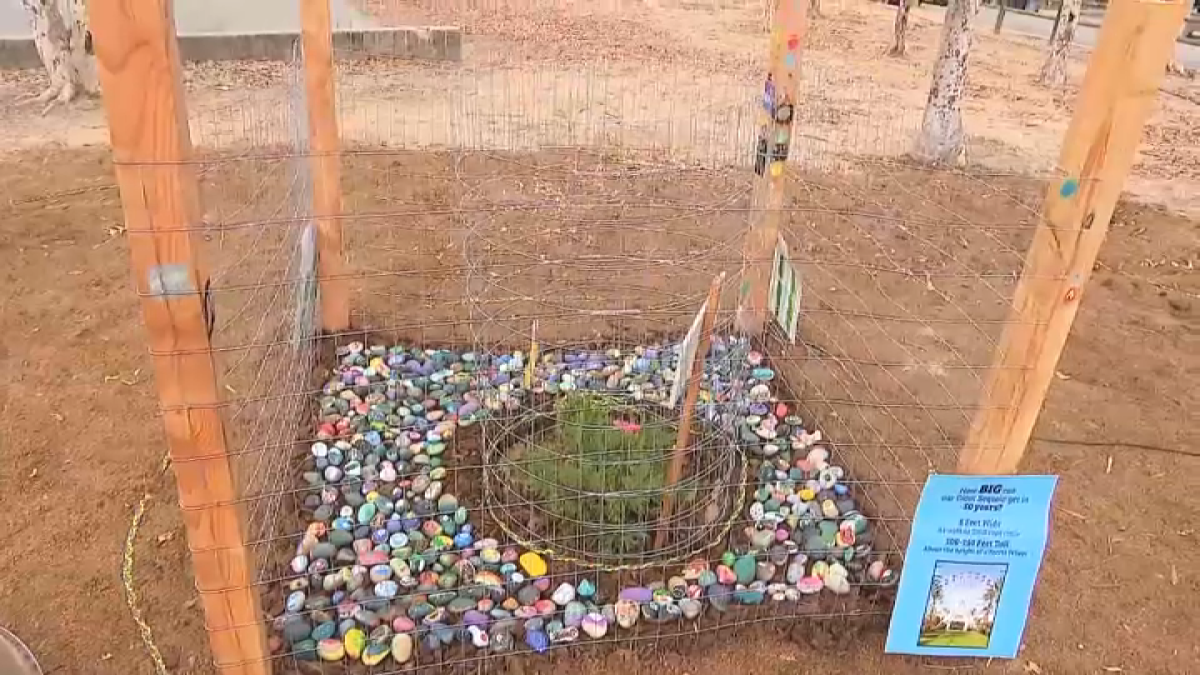
[ad_1]
To the moon and back, twice!
After NASA flew tree seeds to the moon as part of its Artemis mission, those seeds are now seedlings, and one Orange County elementary school got the honor of planting one.
Santiago STEAM Magnet Elementary school in Lake Forest was one of 50 recipients of a “moon tree.” The school was chosen from several hundred applicants across the country to plant the seedling in its community, according to NASA.
“It’s about maybe 1 and a half feet tall. It’s bright green,” said Emily Aguesse, a sixth grade student. “And it’s very beautiful.”
Aguesse and her schoolmates won’t be around to see the Giant Sequoia fully grown. None of us will.
“It’s going to be very, very big in about 500 years!” exclaimed Aguesse.
But future kids will learn the story behind Aguesse and her schoolmates, and how the tree earned the name: Moon tree.
“(It’s) literally out of this world,” said Aguesse. “It went around the moon twice actually.”
After careful review of hundreds of applications, NASA selected organizations from across the country to receive “Moon Tree” seedlings that flew around the Moon on the agency’s Artemis I mission in 2022 to plant in their communities, according to NASA’s website.
Aimee Burdette, who teaches 4th grade at the school, said getting the moon tree was a team effort by the students, parents and community.
“They found this grant, and they worked tirelessly to apply for this,” said Burdette. “And when they saw how many things we were already doing at the school that makes stewards for a moon tree, the way we compost, the way we connect with our gardens almost every day. Yes! Of course we need a moon tree.”
Stacy Fudge is a third grade teacher who also worked on the application.
“They don’t typically give them out to schools that often,” said Fudge. “So we were one of the first school elected.”
As the tree needed a special day and tree planting ceremony, more than 500 students, parents, teachers and community members gathered Monday to plant their moon tree.
“I think having a space traveler come to our school and grow with our kids is pretty exciting,” said Liz Gibson, who was in charge of organizing the special tree planting ceremony Monday. Her son Wyatt is in 5th grade.
“I helped put the tree into the ground,” said Gibson. “It was a lot of stress because one wrong move could make all the work for nothing.”
The moon tree will grow in one of several gardens at the school.
“We are seeing the connection being built in front of our eyes,” said Wyatt’s mother. “Kids don’t always learn from hearing a story or watching a video – by creating hands on opportunities and shared experiences, they are not learning about the world from a book, but being active participants in it.”
This lesson is one from out of this world that students hope will live on for generations to come.
“I think it would be really nice to take my great grandkids to this tree and say I planted that,” said Aguesse. “And this is how big it was when I planted it.”
[ad_2]
Source link
Local News
Operation to save Hollywood doe who has bone stuck in her mouth – NBC Los Angeles
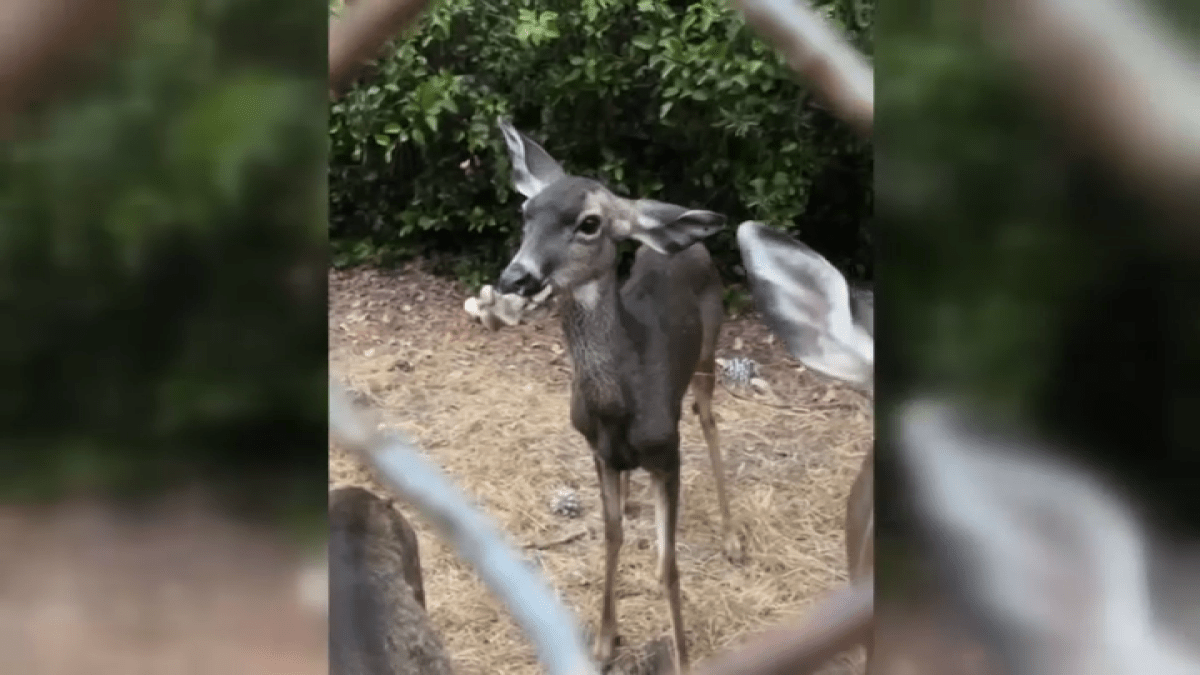
[ad_1]
Officials Tuesday conducted an operation in Hollywood to save a deer that appears to have a bone stuck in its mouth and throat.
The Department of Fish and Wildlife closed and locked the popular entrance to Lake Hollywood as they looked for the injured deer Tuesday.
“She has what looks to be a femur bone, lodged in her mouth and her throat,” Kevin Howells, a biologist with the state agency, said.
People who live nearby alerted officials with the Department of Fish and Wildlife after the video clip of the deer began circulation on social media.
The doe appears to be part of a small herd made up of seven of eight deer that live in the lake area.
“I saw her briefly yesterday afternoon. But she went down-slope toward the water, and I didn’t have a chance to immobilize her,” Howells explained.
Officials planned to immobilize the doe with a tranquilizer dart then remove the bone and give her whatever medical treatment she needs before releasing her.
They hoped to catch her quickly as the deer may have trouble eating.
“She’s not quite emaciated yet, but she’s on her way,” Howells explained. “She’s obviously, I believe, incapable of getting water and of browsing as well.”
Browsing is how deer eat, plucking leaves or shoots for food, according to Howells.
If the bone is not removed, the doe is likely to die. And she’s susceptible to infection and predators .
The mystery part is how it happened in the first place as deer typically eat berries, nuts and twigs.
“Deer do chew on bones to get nutrients they’re lacking in their diet, so that’s a possibility,” Howells said. The doe must be in pain as it appears to be uncomfortable, he continued.
[ad_2]
Source link
Local News
San Gabriel native fosters community of nature lovers with nonprofit – NBC Los Angeles
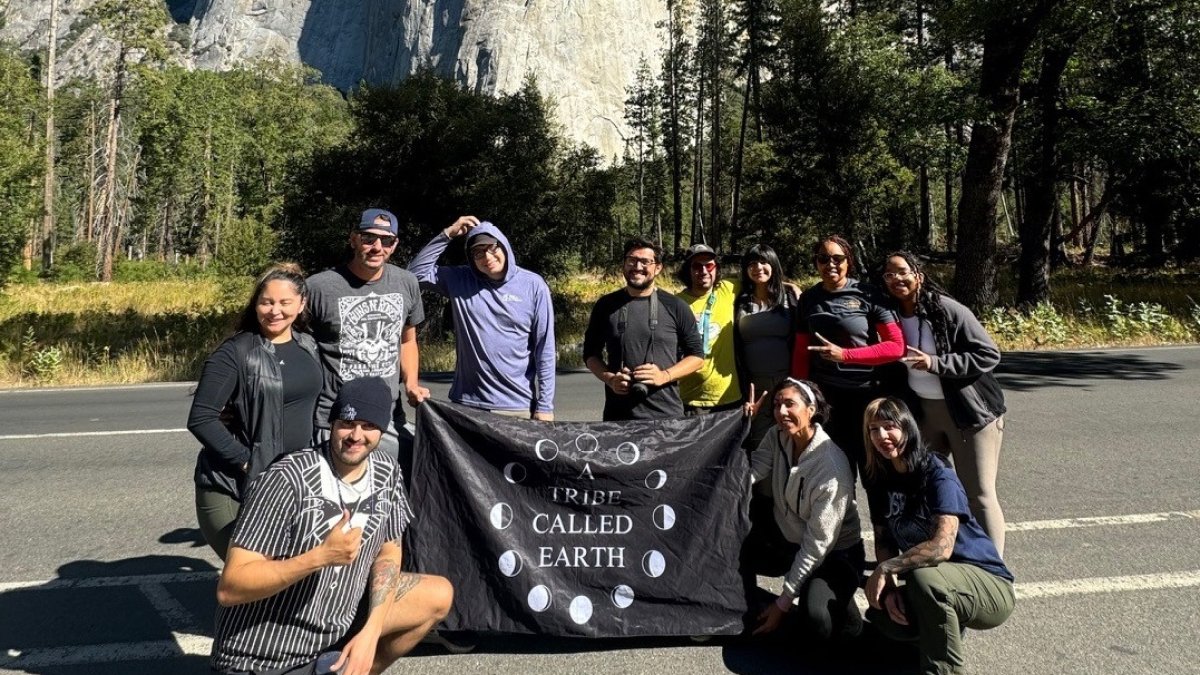
[ad_1]
What began as a desire to show communities of color ways they can access the outdoors has grown into a nonprofit organization with devoted members that dedicate their time to teaching others how to care for the environment and each other.
We Explore Earth, a nonprofit organization based in Southern California, marries founder William Vazquez’s love for nature and community ad his wish to provide an outlet for the public to connect with the natural world and others.
Vazquez, who grew up in San Gabriel, said his upbringing is what inspired him to create the group.
“I’ve always loved the outdoors, but I’ve always seen that there’s a lack of provisions for bridging and exposing the outdoors, brands and outlets to people of color,” he said. “My parents are both Mexicans and I’m first-generation. I thought that if I haven’t been really exposed to the outdoors and all these brands and outlets, I’m sure I’m not alone in this, so I felt that was a calling.”
Planting the seed
Vazquez’ experience as a production assistant for Jimmy Kimmel Live and then an event producer for Dim Mak Records has served him well with his nonprofit.
Using that experience for his organization, he, along with other leaders and active members of We Explore Earth, host a variety of events that range from hiking adventures, environmental cleanups, movies in the park and more.
“Finally, had felt like I got what I needed to do to produce events and make my vision come to life,” Vazquez said. “I always wanted to produce events and festivals and grow my own organization where I can cultivate and create these projects with fellow like-minded individuals.”
That cultivation came in the form of local cleanups and outings that swelled into a larger movement that’s fostered a sense of community with other nature lovers in Southern California. The group emphasizes respect for the environment and acceptance for all individuals from different walks of life.
“The outdoors and nature as a whole, anywhere out in the wild, in the city, in the mountains, is meant for everyone to explore, thrive in and protect as an individual, but also as a collective,” Vazquez said.
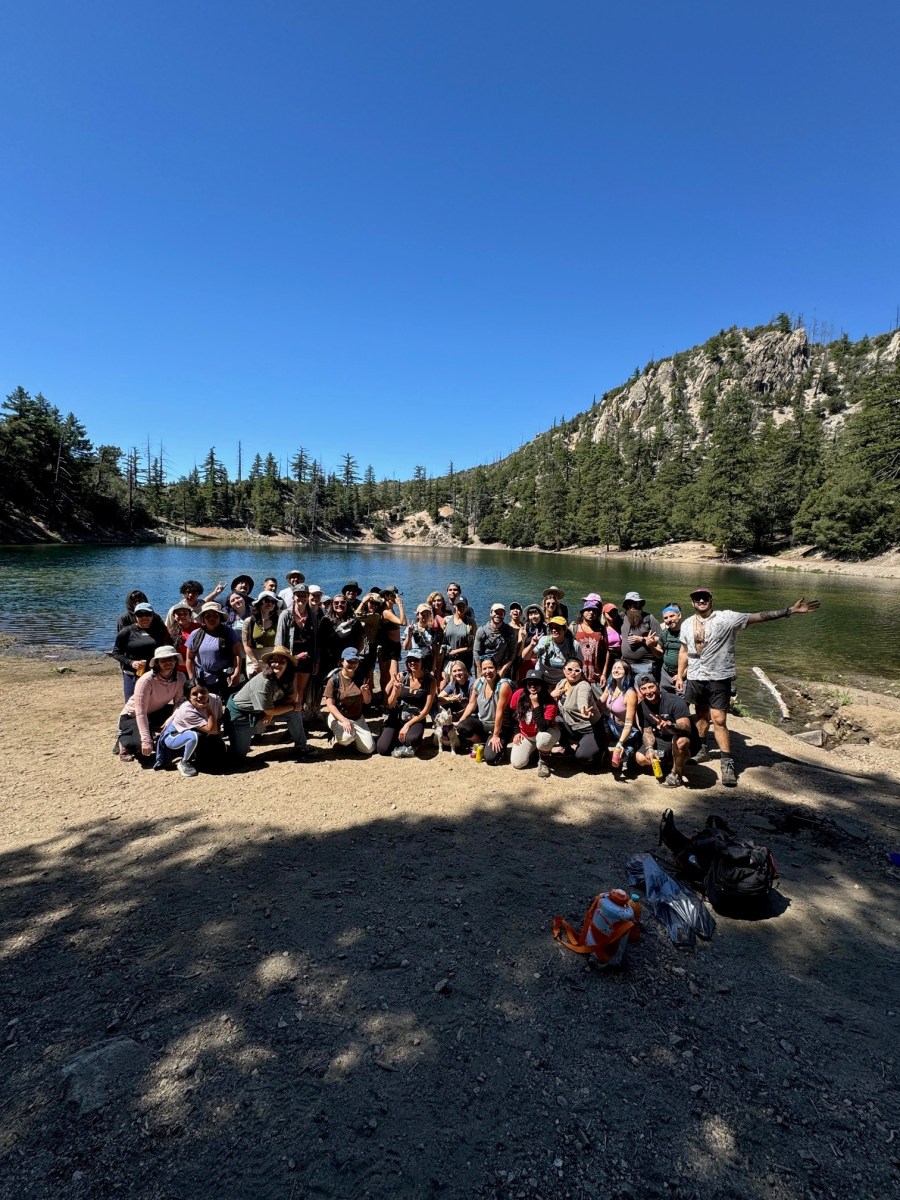
It takes a village
In hosting smaller events early during We Explore Earth’s beginning, Vazquez quickly met like-minded individuals who shared his passion for the outdoors and community. The nonprofit has since has garnered thousands of followers on its Instagram, and it’s the result of volunteers and leading members sharing the word.
“We always reference it as a plant and a lot of us individuals who are people of color are the roots of it. We’re just nurturing it, and a new root is growing here and there,” Vazquez said.
Among the leaders of the nonprofit who help Vazquez with the organization are co-leader Armando Rodriguez and workshop leader Michel Gonzales. Both became heavily involved with the group about four years ago and since have shared their unique expertise with other members.
“I felt that we gravitated towards the same goals of exploring, going out on adventures and at the same time, taking care of the trails that we so much enjoy,” said Armando Rodriguez whose focus lies in wilderness awareness and photography.
Gonzales said her quest for a sense of community blossomed into her becoming a leading participant of the organization who leads empowerment and healing-focused workshops
“I started getting involved with them because of how heart-centered this organization is,” Gonzales said. “At We Explore Earth, we always say we love you because this community loves you and loves, loves the outdoors, as well.”
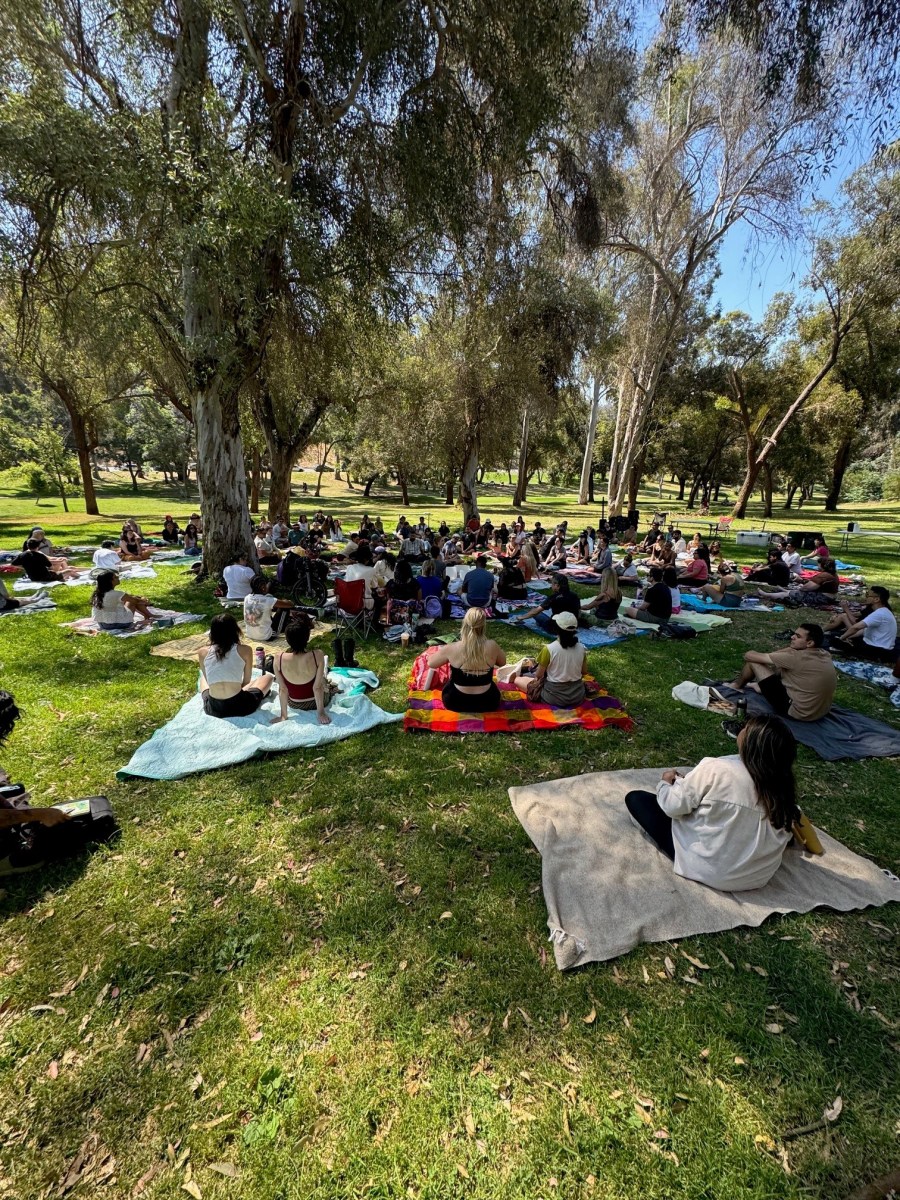
A welcoming environment
The nonprofit’s emphasis on welcoming newcomers has typically garnered new faces during nearly each one of its events. Although the group hosts outings with activities that may seem more intermediate to expert-level, its leaders are always ready to offer guidance to not only make new participants feel included, but also to navigate them safely.
“It’ definitely a safe space to explore the outdoors and going on hikes,” Rodriguez said. “You know, going solo has its risks in getting lost, getting injured and maybe not being able to know what to do in those scenarios. Going in with a group of people gives you the confidence of trusting your limitations and learning from others.”
In addition to knowledge learned at the organization’s events, participants have been known to leave with a new sense of community and connections.
“(Newcomers) start connecting and they start coming to these events together,” Gonzales said. “So, you build a community. You build friendships, and you build a safe net around this community.”
One thing We Explore Earth’s founder wishes participants walk away from after experiencing their events is the certainty that they have a place of belonging.
“I hope that they take home with them that this for them,” Vazquez said of those who join his organization’s events. “It’s for everyone, it doesn’t matter the color, their size, anything. It’s meant for everybody.”
To learn more about We Explore Earth and to keep up with its scheduled events, click here.

[ad_2]
Source link
-

 News9 months ago
News9 months ago6 Ways To Attract a Rich Girl of Your Dream
-

 Finance8 months ago
Finance8 months agoWhich credit card is best for small businesses?
-

 Finance8 months ago
Finance8 months agoBest Business Credit Cards With 0% APR – February 2024
-

 Finance8 months ago
Finance8 months agoHow To Apply For A Chase Business Credit Card
-

 Finance9 months ago
Finance9 months agoLowe’s Credit Card: New Discounts on Lowe’s Purchases
-

 Finance8 months ago
Finance8 months agoLimited Time: Sign up for Chase Freedom Unlimited for a Year of Unlimited Cash Back!
-

 Entertainment9 months ago
Entertainment9 months agoNetflix Schedule January 2024
-

 Tech9 months ago
Tech9 months agoApple Vision Pro: $3,499 headset finally has a release date









